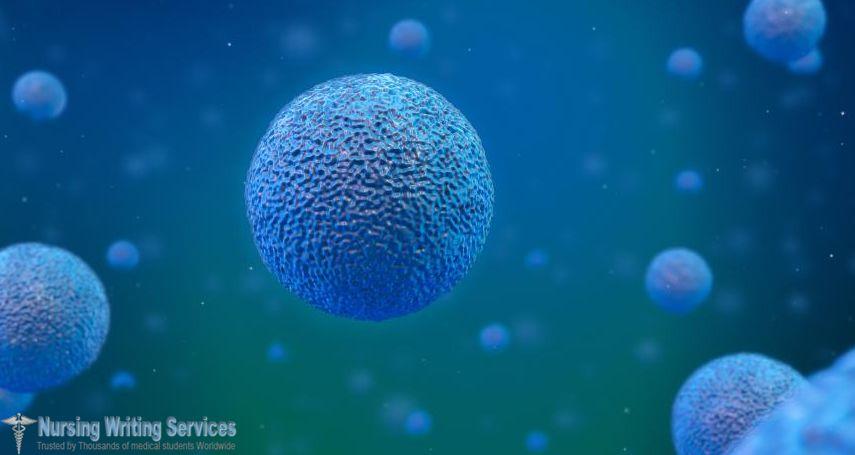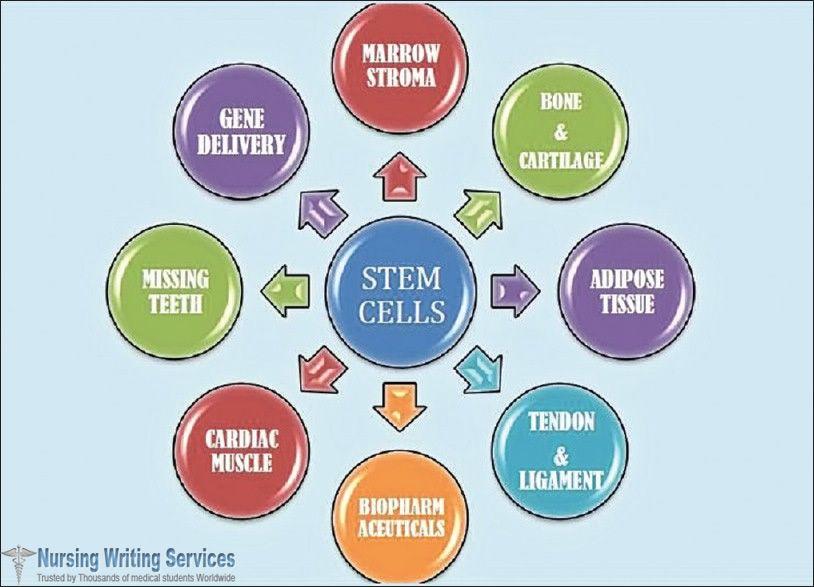Stem Cell Research
University of Rochester Medical Center researchers found out that loss of muscle stem cells is a core reason behind the decline of muscle. These findings challenge current belief that age-related muscle decline occurs because of failure of the motor neurons.
The findings show the reason that makes stem cells to be unique in regenerative therapy. A stem cell divides to stay in the current form or become another type such as a brain or nerve cell. Stem cells can with directing help to treat specific tissues and cell types that enable treating of diseases such as spinal cord injury, heart disease or stroke.






